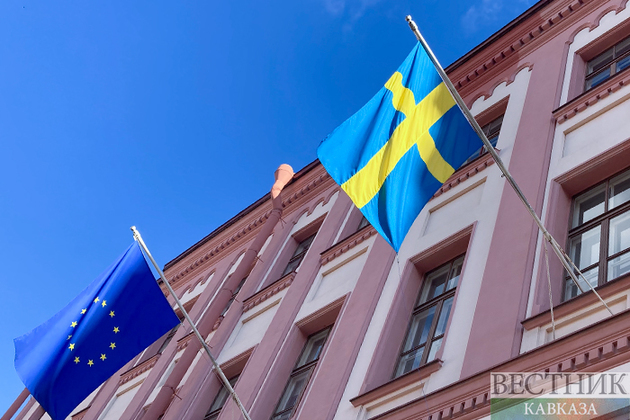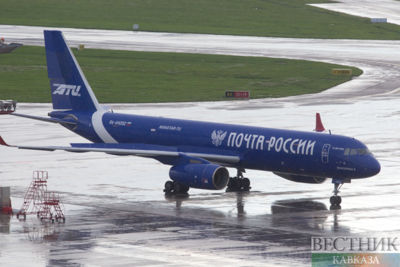Numbers are reaching 2015 crisis levels again, and are likely to rise further. But will the EU act in time? Politico reports that a couple of kilometers from the European Commission’s Brussels headquarters, dozens of single men sleep on the streets every night, waiting for their chance to register for asylum and hoping to find shelter. Recently, even children have had to spend their nights outside.
“People will not let me sleep in front of their doors or shops, so every night, my spot changes,” said Sabahoon, a 21-year-old Afghan refugee who arrived in Belgium about a month ago. “I have no shelter, no doctor, no food.” The desperate situation Sabahoon faces on the streets of Brussels reflects a broader crisis that is going largely unnoticed across the region. All over the EU, asylum seeker numbers have been rising this year, reaching monthly peaks unseen since the shocking refugee crisis of 2015.
Across Western Europe, processing systems are starting to struggle under the strain. “The pressure is spread over fewer countries than in 2015,” Belgian State Secretary for Asylum and Migration Nicole de Moor, who is pushing for European action, said. If the current trend of arrivals continues, Austria will receive as many asylum applications this year as at the peak of the 2015 crisis. The government has started to accommodate refugees in tents to make up for the lack of housing. This measure was slammed by NGOs as “inhumane” and “absolutely avoidable.”
Yet the issue has barely registered in mainstream political debate in 2022. Governments are instead preoccupied with the economic fallout from the pandemic and the crisis in Ukraine.
“We are in a refugee crisis, but there is less attention on it because there are two to three other crises happening at the same time,” said Belgian Prime Minister Alexander De Croo.
There may be another reason for the lack of attention, too. Since 2015, the political landscape has changed. Laws in some countries have become more restricted under pressure from right-wing anti-immigration parties. Asylum seekers are therefore increasingly concentrated in a smaller number of countries in Western Europe, in part because places like Denmark are actively trying to deter them. Copenhagen, traditionally a popular destination for asylum seekers, has a self-declared zero-asylum policy. Last year, only 2,099 sought asylum in the country, in comparison to 21,315 in 2015.
The new Swedish government, which needs parliamentary support from the far-right Sweden Democrats, is also planning to reduce the number of asylum seekers allowed in. These tougher policies put extra pressure on the remaining Western countries’ registration and shelter systems, some of which were phased out during the pandemic. “Five years ago, we had this many people and we were able to deal with it,” said David Vogel from the NGO Médecins Sans Frontières (MSF). He argued the problem on the streets in Brussels is not the rising numbers of asylum seekers, but the way the Belgian government is handling the crisis.
Belgium isn’t alone. Individual stories of horror can be found elsewhere in the region. In the Netherlands, the death of a three-month-old baby at a registration center for asylum seekers shocked the country. Over the summer, the government agreed to spread the shelter of migrants more throughout the country, but several local communes have refused to take their share.
After a lull in arrivals took the heat out of the issue during the pandemic, anti-immigrant sentiment is rising again along with the numbers.
In Austria, the government is under pressure from anti-immigrant opposition politicians as states struggle to provide accommodation for the surging numbers seeking protection. The most recent data shows that in July, asylum applications to the EU reached over 70,000 for the third successive month, similar to the refugee crisis of 2015, according to the EU Agency for Asylum.
Since then, several individual EU countries have reported even larger numbers. These come on top of the 4.31 million Ukrainian refugees who have registered in the EU since the outbreak of the crisis and who don’t have to go through the same asylum procedure. More Ukrainians are also likely to seek shelter in the EU this winter, as conditions deteriorate, according to a document prepared by the Czech Republic, which holds the rotating presidency of the Council of the EU. Can anything be done before it’s too late or will Brussels only pay attention when the EU is once again in a full-blown emergency? Despite years of trying, attempts to design a unified EU response have largely failed. Northern and Western countries are worried about the movement of migrants from the coastline states where they arrive, while these Mediterranean countries insist on a mandatory system to redistribute asylum seekers landing on their shores.
Hungary, Poland and Austria, meanwhile, staunchly oppose any kind of mandatory relocation.
When the right-wing-backed Swedish government takes over the rotating Council presidency from the Czechs at the start of next year, it is unlikely to push measures to ensure all countries take their fair share.
Belgium won’t succeed in putting migration on the EU agenda “because a lot of countries want to keep it off,” said Theo Francken, a former Belgian state secretary for asylum and migration, who is now a member of the opposition. “The only way that might change is when Germany will run into serious trouble again.”
Belgium’s De Moor, however, argued there is a growing sense of urgency on migration at the European level and is determined to push for change. “Some countries are already stepping up internal border controls,” she said. “This is out of pure desperation. Meanwhile, tragedies are playing out at Europe’s external borders. If we don’t succeed in migration reform, I’m very pessimistic on the future.”
Others share that pessimism. Gerald Knaus, an Austrian migration expert who was instrumental in devising the EU-Turkey refugee deal signed in 2016, said: “The common European foreign policy at the border is pushbacks.” Many EU countries are doing it without anyone complaining, he said, and the overall picture is only likely to get worse with a new influx of refugees from Ukraine. “No one in Europe is preparing for this.”
















